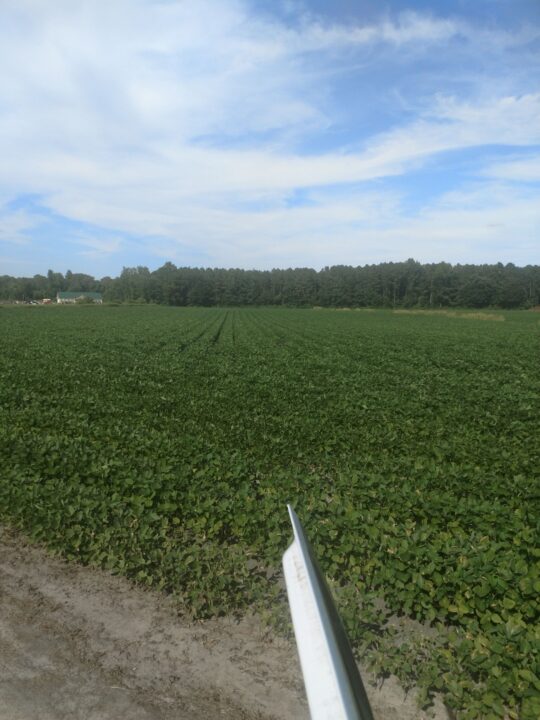Taking Action On Abandoned Groves [Opinion]
During the most recent construction boom, developers purchased Florida citrus groves at a breakneck pace. Growers would joke that the state’s biggest crop was houses, not citrus. Well, times have changed and the real estate market is decidedly different than it was just a few years ago. Many acres of grove land that were supposed to be developed instead sit waiting for investors to plant a new crop of homes. Unfortunately, these abandoned groves serve as an active breeding ground for the pests and diseases currently plaguing our industry such as canker and HLB. It’s a big problem.
According to a USDA report, there are 132,000 acres of abandoned groves in Florida across 28 counties. Mutual’s Abandoned Grove Committee, in conjunction with the Florida Department of Agriculture and Consumer Services (FDACS) and regional grower organizations, has developed a course of action to relieve the disease pressure created by abandoned groves. We hope it serves as a carrot to get land owners to destroy their abandoned groves.
Appraiser Process
FDACS and Mutual will start selling the plan to county property appraisers in the coming months. The entire program hinges on their buy-in. The good news is there has been a positive reception by appraisers in some of our major citrus-producing counties. In fact, in Highlands County, due to the hard work of the Highlands County Citrus Growers Association, the property appraiser is implementing a process with land owners that could serve as a template for other counties to follow. This is not a cure-all for sure, but we believe this is a step in the right direction.
FDACS’ interpretation of Florida law (Section 193.461(7)) states that if a land owner has a valid Citrus Health Response Program (CHRP) compliance agreement in good standing, then the property covered by the agreement is considered in agricultural use and is eligible for the agricultural land-use classification.
Furthermore, removing trees or killing trees in place to eliminate pest and disease reservoirs in abandoned groves is considered an agricultural practice under CHRP. Consequently, property owners who remove or kill abandoned citrus groves remain within the CHRP guidelines and are still eligible for greenbelt.
Next Steps
FDACS plans to collect and verify data on the location and ownership of abandoned citrus grove properties with emphasis on areas in and around commercial citrus production. Growers who know of abandoned grove properties in their general vicinity can report information to their local CHRP office. For a full list of offices, visit www.doacs.state.fl.us/pi/pec/pec-dist-map.htm.
Property owners who have abandoned groves may also contact the local CHRP office to obtain more information on abandoned grove abatement options and CHRP compliance qualifications for agricultural land classification eligibility for tax purposes.
In addition, CHRP representatives are now contacting abandoned grove property owners to determine the current and proposed future disposition of the land. The need to remove the abandoned citrus will be explained along with options for tree removal and the tax incentives if appropriate action is taken.
FDACS and NASS are working together to develop a comprehensive database which will be sent out to CHRP field stations. Data will be organized to generate spreadsheets and maps by county in order to schedule surveys.
This cooperative industry effort is a start; we have got to get abandoned property owners to begin killing trees. We can’t have safe harbors for psyllids, HLB, and canker dotting the Florida citrus landscape. I commend FDACS for stepping up to the plate on this very complex issue. There are no easy solutions, but with a systematic plan in place we can begin to communicate to government, business, and community leaders how important stopping the spread of HLB and canker is to the Florida citrus industry.










